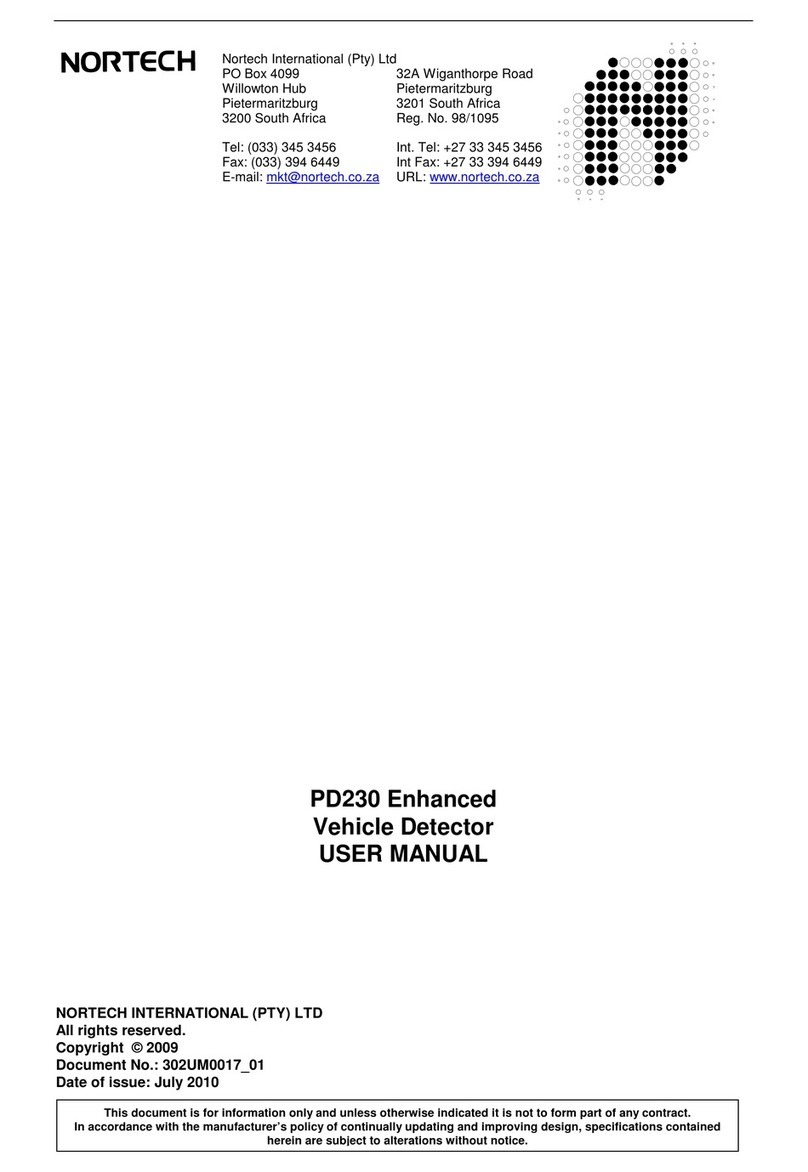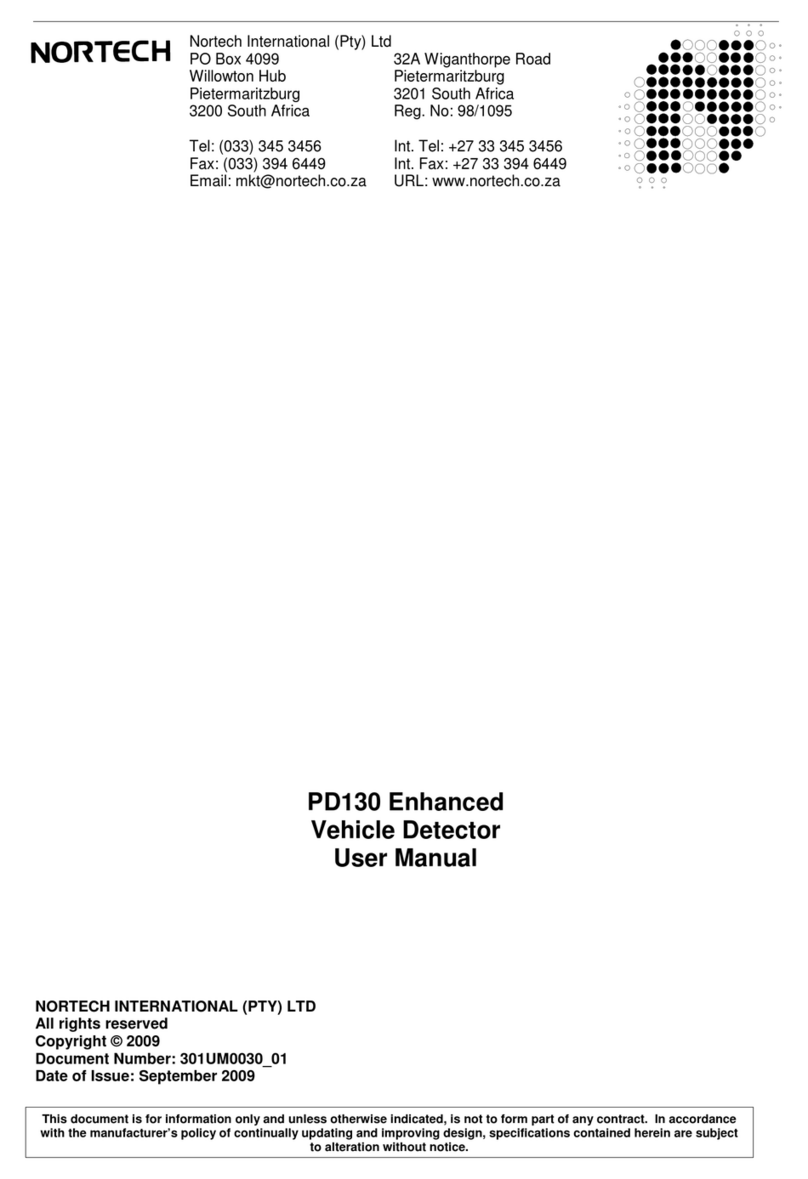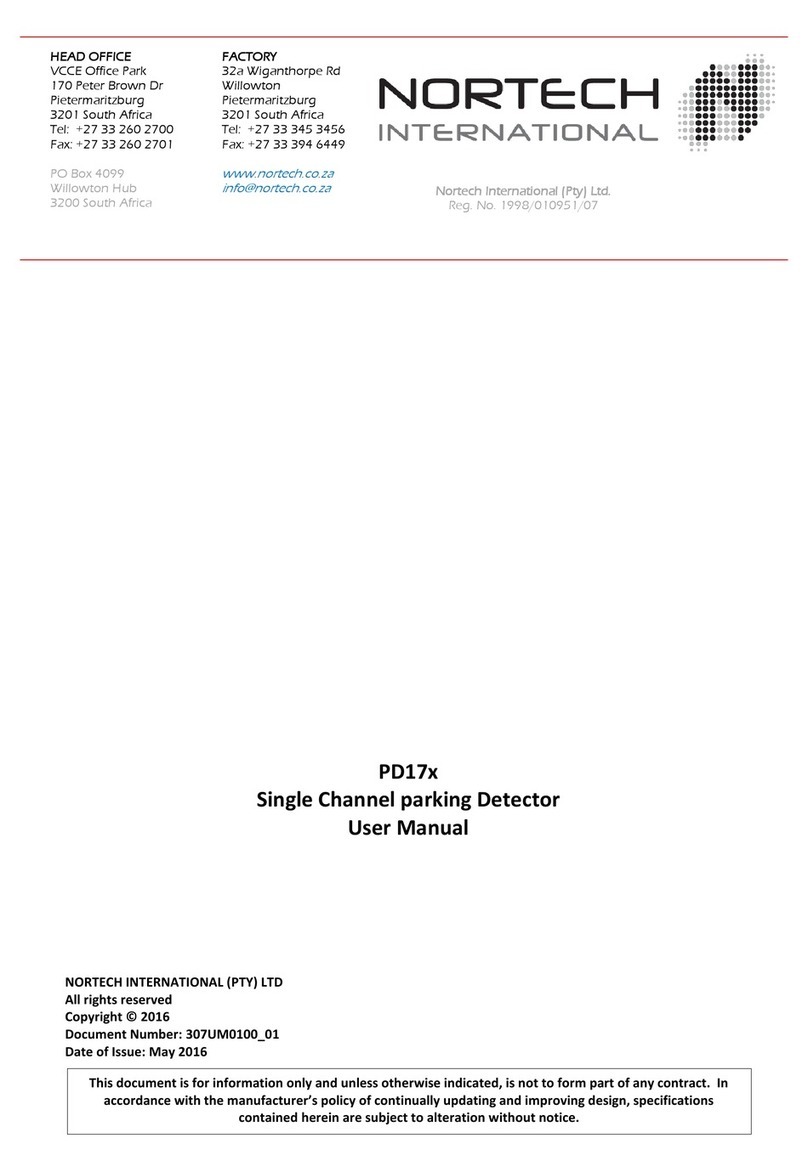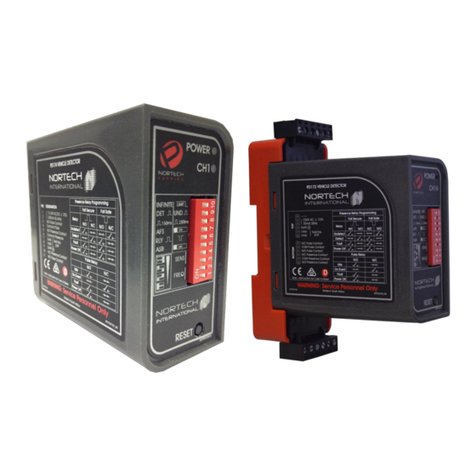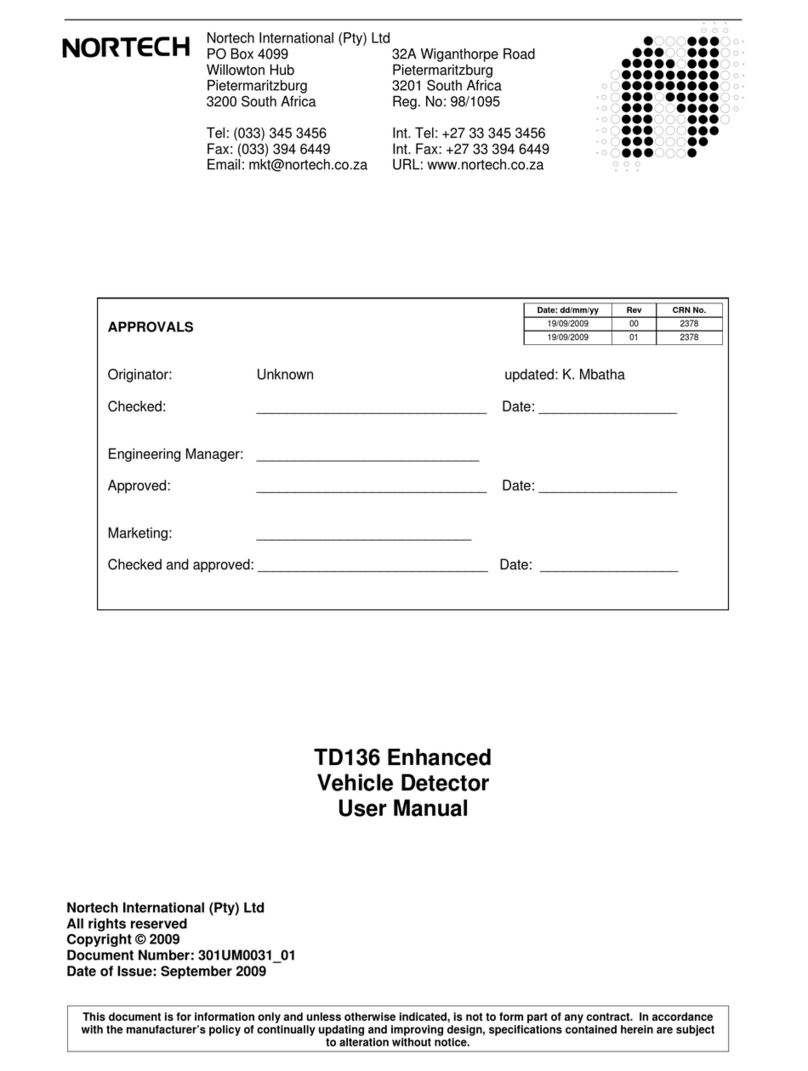
307UM0200_01 May 2016 PD27x User Manual Page 2 of 30
Contents
1. Introducon ................................................................................................................................................................ 4
2. Technical Data ............................................................................................................................................................ 5
2.1 Funconal data.................................................................................................................................................. 5
2.2 Electrical Data ................................................................................................................................................... 6
2.3 Environmental Data .......................................................................................................................................... 6
2.4 Mechanical Data................................................................................................................................................ 6
2.5 Approvals .......................................................................................................................................................... 7
3. Operang Procedure .................................................................................................................................................. 8
3.1 Hardware setup................................................................................................................................................. 8
3.2 DIP Switch Selecons ........................................................................................................................................ 8
3.3 Front Panel Indicators ..................................................................................................................................... 10
4. Operaon.................................................................................................................................................................. 11
4.1 Detector Tuning............................................................................................................................................... 11
4.2 Detector sensivity ......................................................................................................................................... 11
4.3 Types of Outputs ............................................................................................................................................. 12
4.4 Response mes ............................................................................................................................................... 12
4.5 Powerfail ......................................................................................................................................................... 12
4.6 Automac Frequency Selecon ...................................................................................................................... 13
5. Installaon guide ...................................................................................................................................................... 14
5.1 Product Safety Requirements ......................................................................................................................... 14
5.2 Operaonal Constraints .................................................................................................................................. 14
5.3 Loop and Feeder Material Specicaon ......................................................................................................... 15
5.4 Sensing Loop Geometry .................................................................................................................................. 16
5.5 Loop Installaon.............................................................................................................................................. 16
6. Conguraon ............................................................................................................................................................ 18
6.1 PD271 Enhanced Detector - Order number 307FT0203 ................................................................................. 18
6.2 PD272 Enhanced Detector - Order number 307FT0201 ................................................................................. 18
6.3 PD274 Enhanced Detector - Order number 307FT0202 ................................................................................. 19
6.4 PD271 Enhanced Detector DIN Rail - Order number 307FT0206.................................................................... 19
6.5 PD272 Enhanced Detector DIN Rail - Order number 307FT0207.................................................................... 20
6.6 PD274 Enhanced Detector DIN Rail - Order number 307FT0208.................................................................... 20
7. Applicaons .............................................................................................................................................................. 21
8. Customer Fault Analysis............................................................................................................................................ 22
8.1 Fault Finding.................................................................................................................................................... 22
8.2 Funconal test................................................................................................................................................. 22
APPENDIX A - FCC ADVISORY STATEMENT ....................................................................................................................... 24
APPENDIX B – INSTALLATION OUTDOORS........................................................................................................................ 25
APPENDIX C – REQUEST FOR TECHNICAL SUPPORT FORM .............................................................................................. 26







